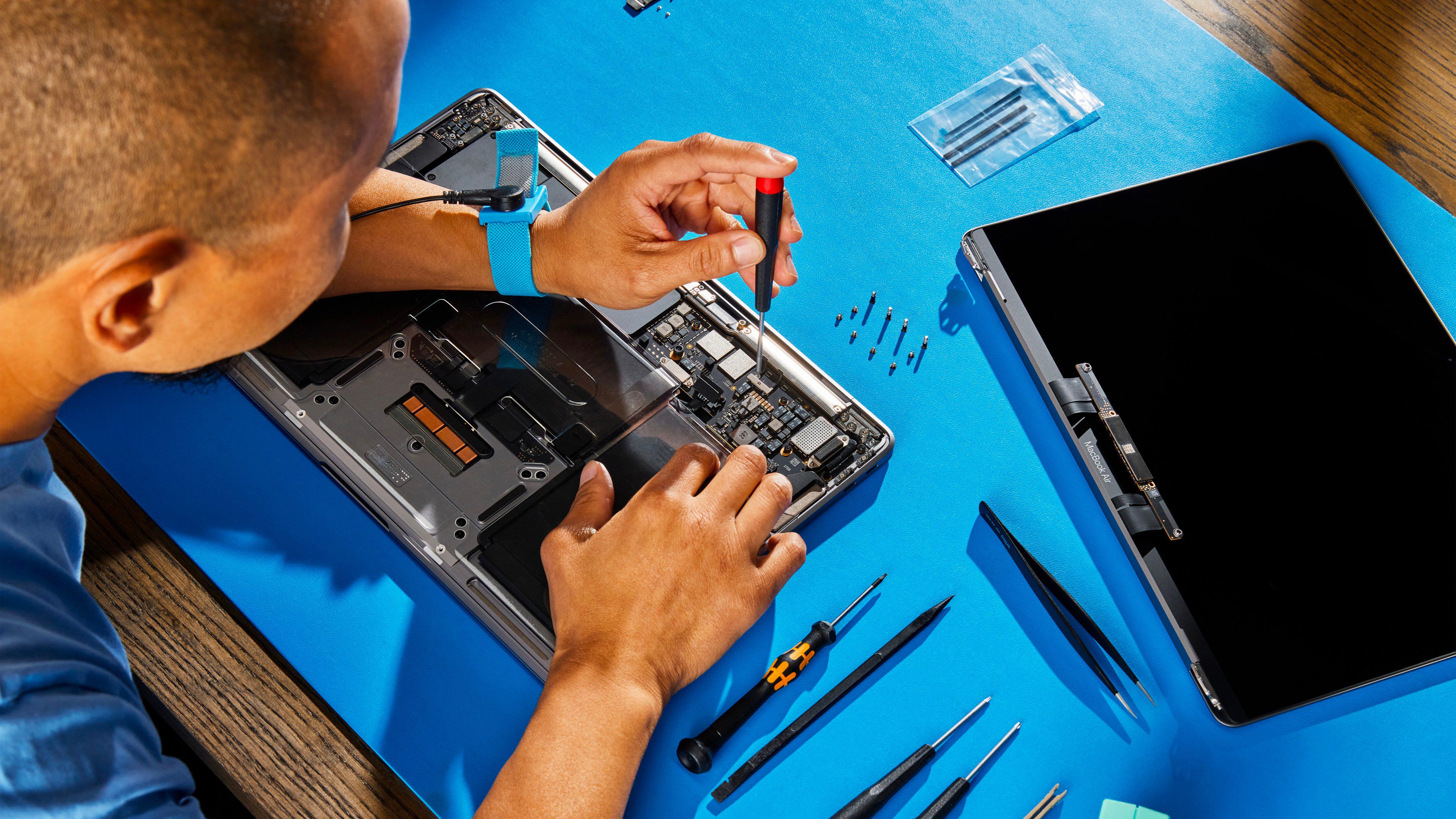Интуитивные машины устанавливают исторический рекорд благодаря криогенной системе тяги на Луне 🌙
Первая лунная посадочная станция компании 'Интуитивные машины' сегодня официально лишилась энергии после того, как провела семь дней на луне. Она сделала историю, став самой первой в своем роде.
“`html
Intuitive Machines’ lunar lander pioneers safer and more affordable rocket propulsion technology. #ENBLE
Intuitive Machines’ lunar lander, Odysseus, recently made headlines for being the first American hardware to reach the moon since 1972, as well as the first privately built spacecraft to land on the lunar surface. But it’s not just the historical significance that sets Odysseus apart. The lander’s propulsion system, which uses cryogenic liquid oxygen and liquid methane, is a game-changer in the field of space exploration.
💡 Unlocking New Capabilities in Space
The combination of cryogenic propellants used by Odysseus opens up new possibilities in space travel and helps to de-risk future missions. Traditionally, landers and spacecraft use “space storable” or hypergolic propellants like hydrazine or nitrogen tetroxide, which are highly toxic. Cryogenic propellants, on the other hand, are more efficient, higher in energy, and considerably less dangerous.
⚙️ Cool Challenges
However, working with cryogenic propellants presents unique challenges. These fuels must be cooled to extremely low temperatures, meaning they can only be stored for a short amount of time before lift-off. To overcome this issue, Intuitive Machines and SpaceX took an unconventional approach. They fueled the lander’s VR900 engine just three hours prior to lift-off, while the rocket was already on the launch pad and the spacecraft was inside the payload fairing.
This required SpaceX to develop entirely new capabilities, including modifying the launch pad and the second stage of the Falcon 9 rocket. They even had to add an adapter to access the payload fairing once it was already mated to the vehicle. It was a complex process that demanded innovation and outside-the-box thinking.
- Lordstown Motors обвиняют в введении инвесторов в заблуждение важна...
- Fisker сокращает 15% своего персонала и ищет дополнительные средств...
- 🥳 Срочные новости Обнаружена утечка данных, раскрывающая уязвимости...
🚀 Breaking the Mold
The success of the Odysseus mission proves that cryogenic propulsion systems can be viable and opens up a new chapter in space exploration. The use of cryogenic propellants allowed the spacecraft to take a more direct trajectory to the moon, reducing its exposure to damaging high-energy particles in the Van Allen belt, a high-radiation zone around the Earth.
Intuitive Machines plans to use two VR900 engines on their larger Nova-D spacecraft, which can deliver 500-750 kilograms of payload to the moon, compared to the Nova-C lander’s capacity of 100 kilograms. The future of space travel is becoming brighter and more efficient thanks to the advancements made by Intuitive Machines and their cryogenic propulsion technology.
🌌 Impact and Future Developments
Intuitive Machines’ Odysseus mission not only makes history but also paves the way for future missions and space technologies. Other companies, like Impulse Space with their high-energy kick stage, Helios, are exploring the use of cryogenic propellants for delivering payloads directly to geostationary orbit. The benefits and cost-effectiveness of cryogenic propellants make them an attractive choice for further space exploration.
NASA, too, sees the value in cryogenic propulsion systems for their Artemis missions. These missions aim to return humans to the lunar surface and will heavily rely on spacecraft that utilize cryogenic propellants. SpaceX’s Starship Human Landing System and Blue Origin’s Blue Moon are set to play key roles in these missions. As we look to the future, cryogenic propulsion will become increasingly important in fueling long-duration space missions and transferring large amounts of fluid in orbit.
🤔 Reader’s Q&A
Q: How does cryogenic propulsion differ from traditional propulsion systems? A: Cryogenic propulsion systems use liquid oxygen and liquid methane, which are more efficient, higher in energy, and less toxic than traditional hypergolic propellants like hydrazine or nitrogen tetroxide. However, cryogenic propellants must be actively cooled to very low temperatures, presenting unique storage and handling challenges.
Q: What are the advantages of using cryogenic propellants in space missions? A: Cryogenic propellants offer increased efficiency and higher energy, allowing for more direct trajectories and reduced exposure to radiation. They are also less toxic, making them safer to handle and store. Additionally, cryogenic propellants have the potential to unlock new capabilities and de-risk future missions.
Q: Are there any drawbacks or limitations to using cryogenic propellants? A: While cryogenic propellants offer many benefits, they do require active cooling and must be stored at extremely low temperatures. This limits the amount of time they can be stored prior to lift-off and adds complexity to the launch process. However, advancements in technology and infrastructure are addressing these challenges.
“““html
Q: Как криогенная тяга повлияет на будущее исследование космоса? A: Системы криогенной тяги имеют потенциал революционизировать исследование космоса, обеспечивая более эффективные и экономически целесообразные миссии. Они могут открывать новые траектории, снижать воздействие радиации и вмещать более крупные грузы. Кроме того, их использование может привести к развитию более безопасных и устойчивых космических технологий.
🌐 Соответствующие ссылки
- Статья Intuitive Machines на TechCrunch
- Видео: Объявление о Лунном аппарате Одиссей Intuitive Machines
- Стартапы используют технику совместных продаж для успешного сотрудничества с облачными гипермасштабами
- Высокоэнергетический ступень Хелиос компании Impulse Space
- Миссии Артемида: возвращение NASA на Лунную поверхность
🌟 Поделитесь своими мыслями
Достижения и передовые технологии, созданные Intuitive Machines и их системой криогенной тяги, действительно замечательны. Каковы ваши мысли о будущем исследования космоса и использовании криогенных топлив? Поделитесь своими идеями и присоединитесь к беседе! ✨
Статья написана: Эксперт по компьютерной технологии-знаток
“`






